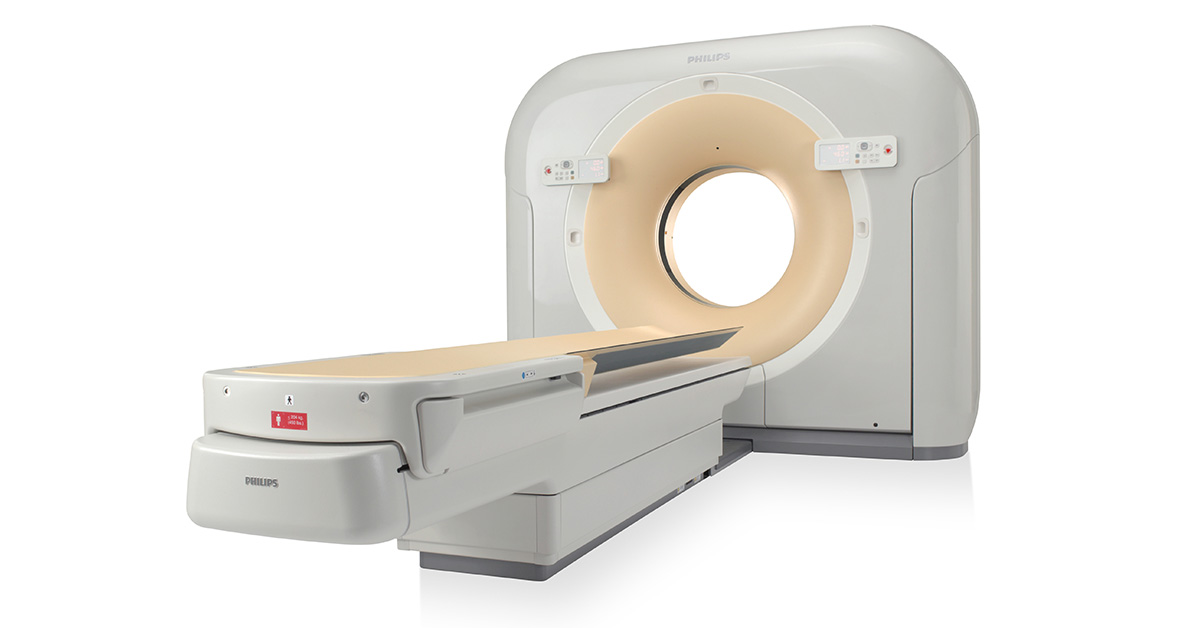CT scan stands for Computerised Tomography. For those of us without a medical degree, this means a CT scanner takes detailed pictures of our body from different angles and then uses a computer to weave together these cross-sectional slices (of bones, blood vessels and soft tissues inside your body) in order to create a series of images.
Here are 5 things you should know about CT scans:
When do you need one?
A CT scan offers more clarity than a typical X-ray and helps doctors identify problems in the organs, blood vessels, lymph nodes, spinal cord, bones, etc. For cancer patients, CT scans help evaluate the progression of the disease, while they are par for the course for patients who have undergone – or are yet to undergo – a surgery.
How does a CT scan work?
A CT scan uses X-rays to take pictures. This means you will be exposed to a minimum amount of radiation, but these levels are very safe; and the benefits of a CT scan almost always outweigh the risks. Sometimes, you may be injected with (or asked to ingest) a contrast agent. This is a dye that will highlight the insides of your body, enabling the doctors to better pinpoint the problem. If you’re getting scan with contrast, you may need to take special preparatory steps, as advised by the diagnostic centre.
What does the actual procedure involve?
During the scan, you will be asked to lie on a table, which will slide in and out of a doughnut-shaped machine. This means claustrophobic patients needn’t worry, since the scanner is open on both sides.
The entire CT scan takes just a few minutes; post which, patients who’ve had a scan with contrast will be kept under observation for a few minutes (to check for allergic reactions to the contrast dye, which, however, are very rare).
Important points to check?
Before going in for your CT scan done, here are 3 points to tick off on your checklist:
- Check the ‘slices’: A CT scan is defined by the number of image ‘slices’ it produces. The higher the number of slices, the clearer the scans. So always opt for a higher slice CT.
- Make sure the centre you choose has the latest, up-to-date machines.
- Choosing the right machine is only half the battle won – getting your report interpreted by a qualified radiologist is even more important. Wrong interpretations can lead to a wrong diagnosis.
What if I’m doubtful about the scan results?
In this case, don’t hesitate to get a second opinion from a trusted centre – you may be saving your life by doing so while feeling reassured of having done all you can.
